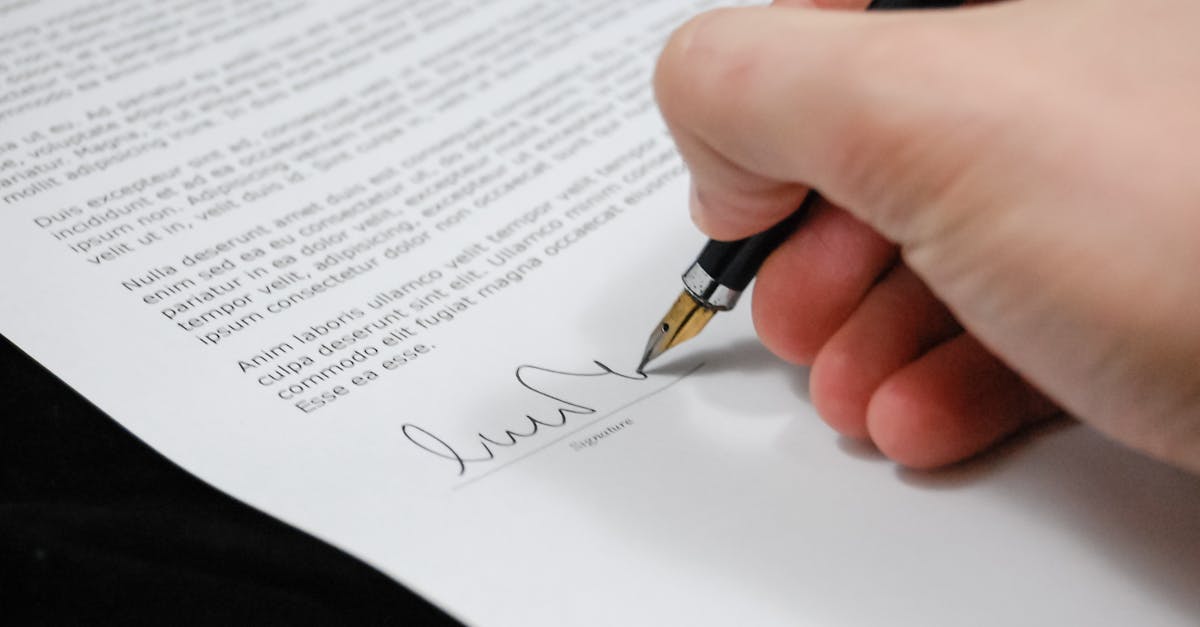
Customer Experience
Customer experience is a crucial aspect that undergoes reevaluation and adjustment during mergers and acquisitions in New York, New York. The merging entities must carefully analyze how the consolidation will impact their clientele to ensure a seamless transition. Companies often conduct extensive market research to understand customer preferences, interactions, and expectations post-merger. This in-depth analysis helps in designing strategies to enhance customer satisfaction and maintain loyalty amidst the organizational changes.
Moreover, the alignment of the two companies' customer experience strategies is vital in creating a cohesive and unified brand image after the merger. By combining the strengths of each entity, businesses can leverage resources and capabilities to deliver an even better service to their clientele. Through effective communication and strategic planning, companies can solidify customer relationships and mitigate any potential disruptions caused by the merger process.
Enhancements in Services or Products
Mergers and acquisitions in New York often bring about significant enhancements in services or products for the companies involved. This can result from the pooling of resources, expertise, and innovation from both entities. The newly merged company may have access to a wider range of technologies, patents, or processes that can lead to the development of improved products or the delivery of more comprehensive services. As a result, customers may benefit from a higher quality of offerings and a more competitive market landscape.
Furthermore, the collaboration between the merging companies can yield synergies that drive innovation and creativity in the development of new services or products. The combined expertise and capabilities can lead to the creation of groundbreaking solutions that cater to evolving customer needs and preferences. By leveraging the strengths of each organization, the merged entity may introduce novel concepts, features, or functionalities that set them apart in the market. This enhanced portfolio of offerings can not only attract new customers but also retain existing ones through a more diverse and appealing value proposition.
Workforce Transition
Workforce Transition
Mergers and Acquisitions in New York, New York often bring about significant changes in the workforce composition of the involved companies. Following a merger, it is common for there to be redundancies in certain roles as the new entity seeks to streamline its operations and create a more efficient organizational structure. This may result in some employees being laid off or transferred to new positions within the merged company.
Moreover, workforce transition can also involve the integration of employees from both companies into the new organizational culture. Establishing effective communication channels and providing support during this period of change is crucial to ensure a smooth transition for all employees. Additionally, training programs and opportunities for career development are often implemented to help employees adapt to the new company structure and foster a sense of belonging within the merged organization.
Employee Retention Programs
Employee retention is a crucial aspect that companies focus on when going through mergers and acquisitions in New York, New York. During times of organizational change, employees may experience uncertainty about their future roles and responsibilities. To alleviate these concerns, companies often implement employee retention programs to retain key talent and maintain stability within the workforce. These programs aim to mitigate turnover by providing incentives, career development opportunities, and clear communication channels to keep employees engaged and motivated amidst the transitional phase.
By implementing effective employee retention programs, companies can ensure a smooth transition during mergers and acquisitions. These programs not only help in retaining valuable employees who possess critical knowledge and skills but also contribute to building a sense of trust and loyalty towards the new organization. In addition to offering competitive compensation packages and benefits, companies should also focus on fostering a positive work culture that values employee contributions and promotes a sense of belonging within the merged entity.
Regulatory Compliance
Regulatory compliance is a critical aspect that companies must navigate when undergoing mergers and acquisitions in New York, New York. Ensuring alignment with legal standards is paramount to avoid any potential penalties or legal ramifications that may arise from non-compliance. Companies engaging in mergers must conduct thorough due diligence to assess the regulatory landscape and make any necessary adjustments to comply with the relevant laws and regulations.
Mergers and acquisitions in New York, New York often involve multiple jurisdictions and regulatory bodies, adding complexity to the compliance process. Companies must carefully review and address all regulatory requirements, including those related to data protection, antitrust, and industry-specific regulations. By proactively managing regulatory compliance during the merger process, companies can mitigate legal risks and ensure a smooth transition as they integrate operations and systems.
Alignment with Legal Standards
Alignment with Legal Standards is a critical aspect of any merger or acquisition process. Ensuring compliance with all relevant laws and regulations is imperative for the success and smooth transition of companies. In the context of Mergers and Acquisitions in New York, companies must thoroughly review and address any legal implications that may arise from the merging of two entities.
From a regulatory perspective, companies engaging in a merger must carefully navigate antitrust laws, intellectual property rights, securities regulations, and other legal considerations. Compliance with these standards not only fosters trust among stakeholders but also helps prevent any legal challenges that could hinder the progress of the merged entity. In the intricate landscape of Mergers and Acquisitions in New York, a comprehensive legal assessment is essential to ensure a legally sound and sustainable merger for all parties involved.
FAQS
What is a merger between two companies?
A merger between two companies is a strategic decision where two separate entities combine to form a new, single organization.
How does a merger impact customer experience?
A merger may impact customer experience by potentially introducing new products or services, changes in customer service processes, or alterations in pricing and promotions.
Will there be any enhancements in services or products after a merger?
Yes, there could be enhancements in services or products post-merger as the combined resources and expertise of both companies may lead to improved offerings for customers.
What happens to the employees during a merger?
During a merger, there may be a workforce transition where roles, responsibilities, and reporting structures could change as the two companies integrate.
Are there any programs in place to retain employees after a merger?
Employee retention programs are often implemented after a merger to ensure key talent remains with the new organization, fostering stability and continuity.
How does a merger ensure regulatory compliance?
Mergers involve a thorough assessment of regulatory requirements to ensure that the new entity aligns with legal standards and complies with all applicable laws and regulations.




